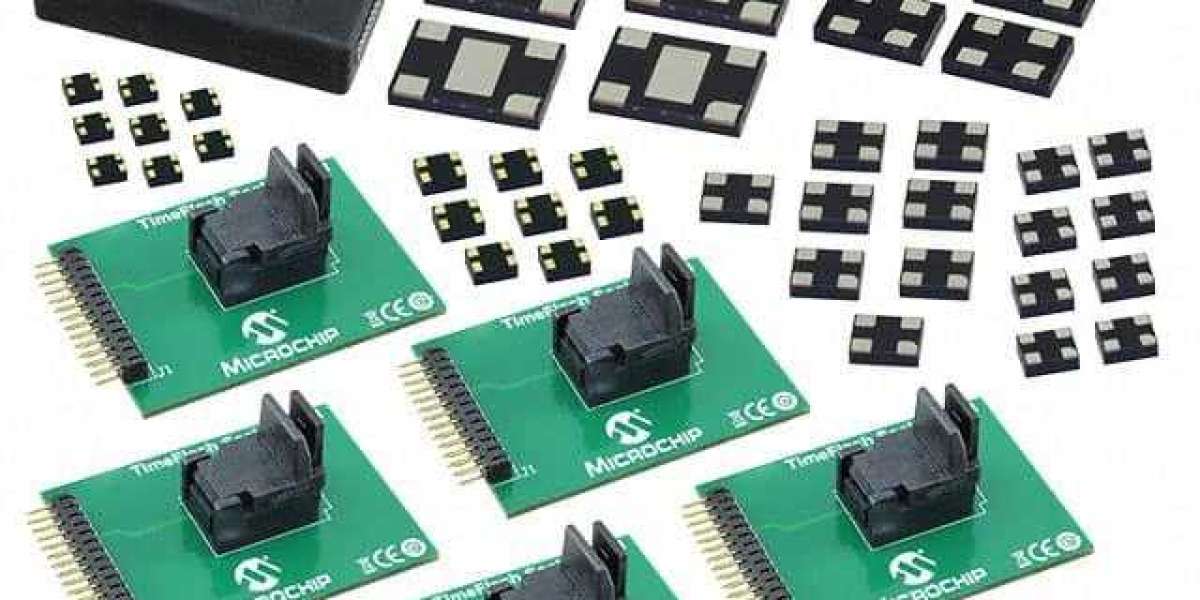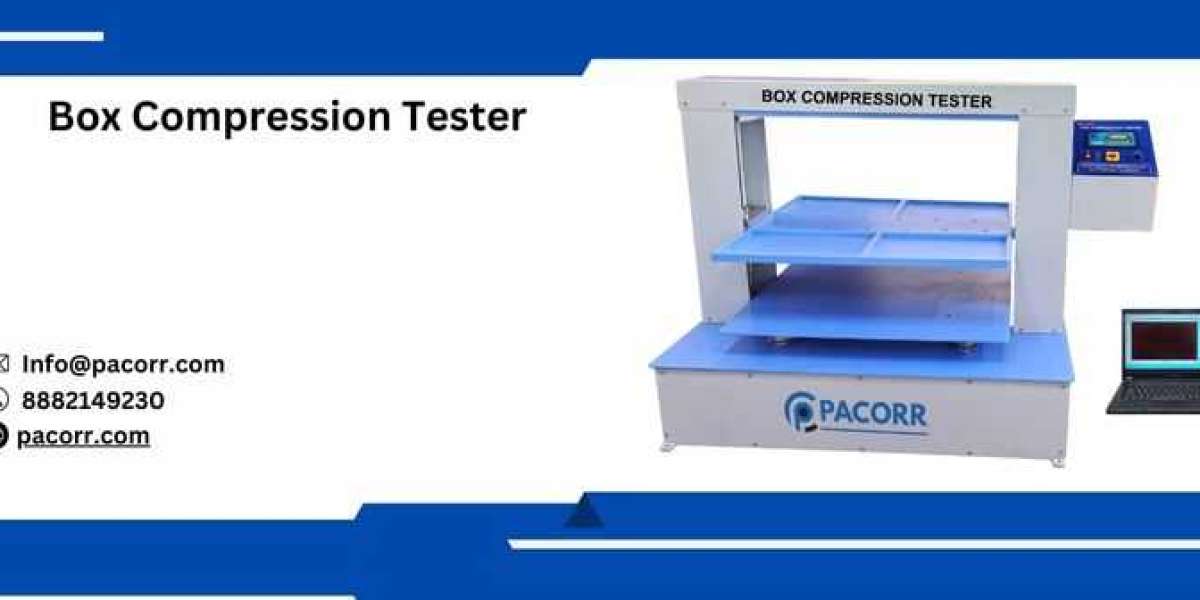Crystal oscillators are critical components in electronic devices, providing precise and stable frequency references. This comprehensive guide explores their definitions, working principles, applications, advantages, and related accessories, with a focus on both active and passive types.
1. Introduction to Crystal Oscillators
Definition and Purpose:
A crystal oscillator is an electronic oscillator circuit that uses the mechanical resonance of a vibrating crystal of piezoelectric material to generate an electrical signal with a precise frequency. The key purpose of crystal oscillators is to provide a stable clock signal, which is vital for the synchronous operation of electronic circuits.
Importance in Modern Electronics:
Crystal oscillators are integral to many electronic devices, from simple clocks to complex communication systems. They ensure that these devices operate with accurate timing and frequency, which is essential for functions such as data transmission, signal processing, and system synchronization.
2. Understanding Active Crystal Oscillators
What are Active Crystal Oscillators?
Active crystal oscillators are complete oscillation circuits that include a crystal resonator and active components like amplifiers and feedback circuits. They are designed to generate a stable output frequency without the need for additional external components.
Active Crystal Oscillators Working Principle:
Active crystal oscillators operate by amplifying the signal produced by the crystal resonator. The crystal's piezoelectric properties generate a precise frequency when an electric field is applied. The built-in circuitry of active oscillators maintains the oscillation and amplifies the output signal, ensuring stability and low phase noise.
Active Crystal Oscillators Applications:
Active crystal oscillators are used in:
Telecommunication devices: For stable frequency generation in transceivers and base stations.
Computers: As clock generators for processors and other digital circuits.
Precision instruments: Where accurate timing and low phase noise are critical.
Active Crystal Oscillators Advantages:
High Stability: They offer excellent frequency stability over a wide range of temperatures.
Low Phase Noise: The integrated design helps in reducing phase noise.
Built-in Amplification: Simplifies circuit design by eliminating the need for external amplification components.
3. Understanding Passive Crystal Oscillators
What are Passive Crystal Oscillators?
Passive crystal oscillators consist solely of the crystal resonator without any active components. They require external circuitry to sustain oscillation and to amplify the signal.
Passive Crystal Oscillators Working Principle:
The crystal in passive oscillators vibrates at its natural resonant frequency when subjected to an external electric field. External circuits, such as oscillation and amplification stages, are needed to maintain the oscillation and provide the desired output.
Passive Crystal Oscillators Applications:
Passive crystal oscillators are used in:
Basic timing circuits: Such as those found in simple clocks and timers.
Basic electronic devices: Where cost efficiency and simplicity are preferred.
Passive Crystal Oscillators Advantages:
Low Cost: They are generally cheaper due to their simple design.
Simplicity: Easier to design and implement in basic circuits.
High Reliability: Fewer components lead to increased reliability.
4. crystal oscillator accessories
Overview of Accessories:
Accessories for crystal oscillators enhance their functionality and performance. These include crystal packages, oscillator housings, and filters.
Types of Oscillator Accessories:
Crystal Packages: Protect the crystal and provide mounting options.
Oscillator Housings: Shield the oscillator from environmental factors.
Filters: Improve signal quality by filtering out unwanted frequencies.
Importance in Oscillator Performance:
Accessories play a crucial role in ensuring the stability, durability, and performance of crystal oscillators. Proper packaging can protect against environmental factors, while filters can enhance signal clarity and stability.
5. Comparing Active and Passive Crystal Oscillators
Performance Comparison:
Stability: Active oscillators generally offer better frequency stability compared to passive ones.
Precision: Active oscillators have lower phase noise and higher precision.
Complexity: Passive oscillators are simpler but require external circuits for operation.
Cost and Design Considerations:
Cost: Passive oscillators are more cost-effective due to their simpler design.
Design: Active oscillators simplify design by integrating necessary circuitry, while passive ones offer flexibility in circuit design.
Use Case Scenarios:
Active Oscillators: Best for high-precision applications like telecommunications and computing.
Passive Oscillators: Suitable for cost-sensitive and simple applications like basic timing circuits.
6. Technological Advances in Crystal Oscillators
Recent Innovations:
New Materials: The development of advanced piezoelectric materials for better performance.
Manufacturing Processes: Improvements in fabrication techniques enhancing accuracy and reliability.
Miniaturization: Smaller, more integrated designs for compact applications.
Future Trends:
Higher Frequencies: Development of oscillators for higher frequency ranges.
Smaller Packages: Continued miniaturization to fit in even more compact devices.
Greater Integration: Combining multiple functions into a single package for better performance and lower costs.
7. Practical Tips for Using Crystal Oscillators
Design Tips:
Proper Grounding: Ensure good grounding to minimize noise and enhance stability.
Component Placement: Place oscillators away from high-frequency or high-power components to avoid interference.
Thermal Management: Consider thermal effects on oscillator performance and provide adequate cooling if necessary.
Maintenance and Reliability:
Regular Testing: Periodically test oscillators to ensure they maintain the correct frequency.
Protective Measures: Use appropriate housings and coatings to protect against environmental factors like moisture and dust.
Quality Components: Use high-quality components and accessories to enhance reliability and longevity.
By understanding the different types of crystal oscillators, their working principles, applications, and the importance of related accessories, you can make informed decisions to optimize the performance and reliability of your electronic devices. Whether you choose active or passive oscillators, selecting the right components and following best practices in design and maintenance will ensure your circuits operate with precision and stability.








